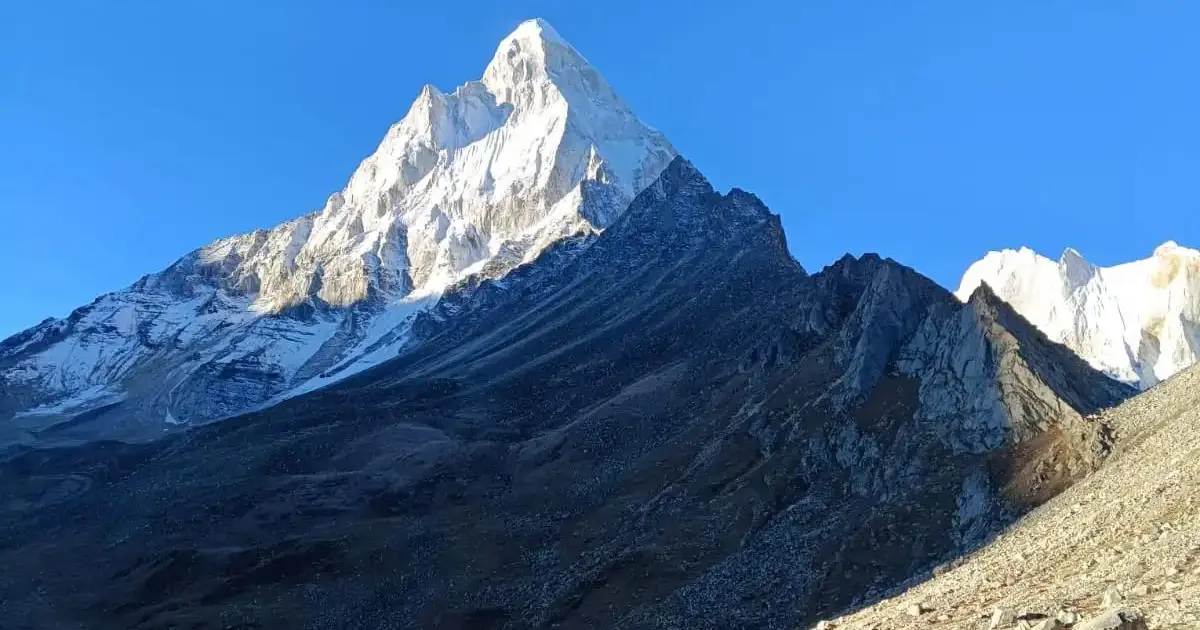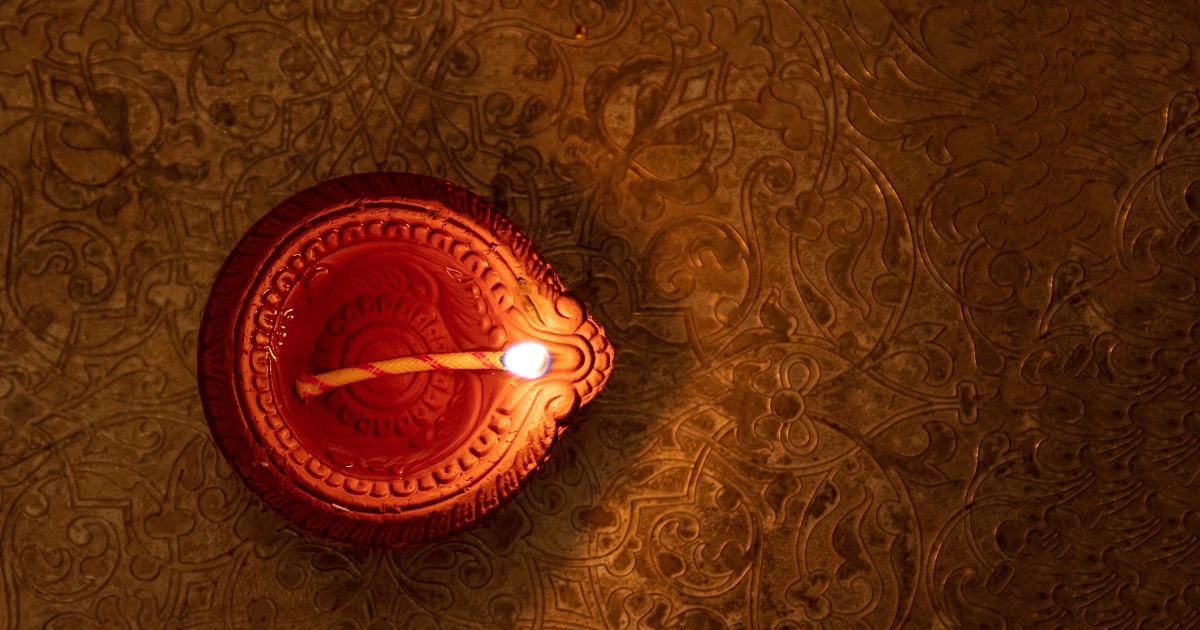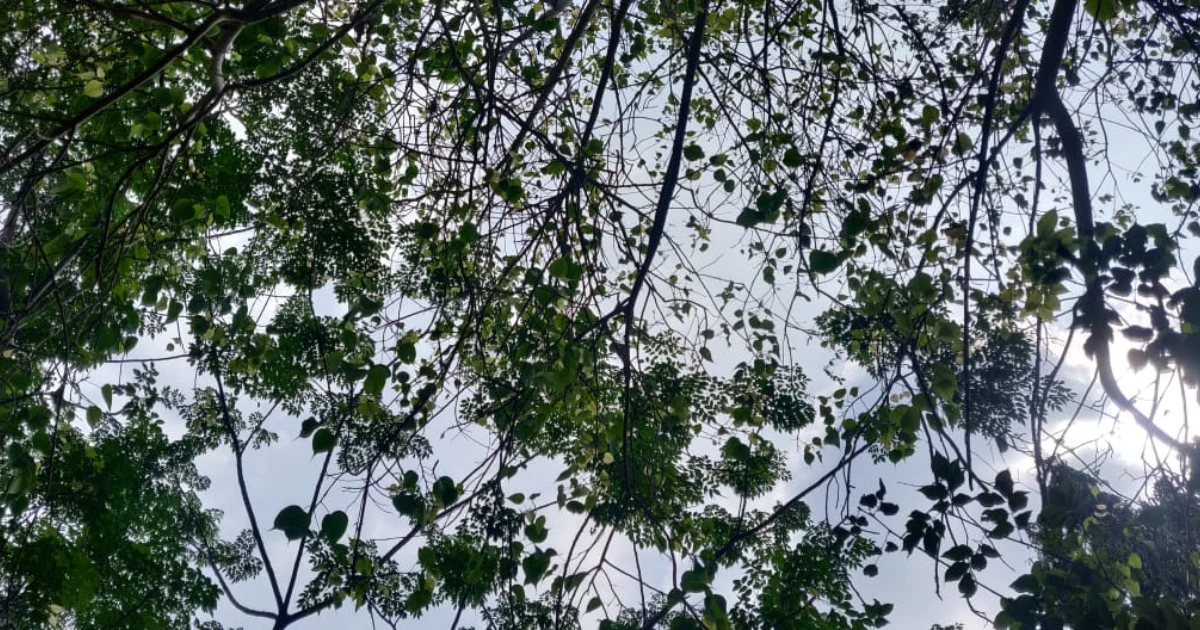A butterfly with a golden hue enamored me at 14000 feet above sea level. I was on my descent from the Tapovan peak adorning Bharat’s topography at a staggering 14,640 feet above sea level. It was an arduous trek all the way up. There was no clear path to climb the peak, loose boulders constantly fell, oxygen levels dipped, steep portions demanded my legs to work harder than it ever has. All along this journey to Tapovan, little did I know about the help coming my way the next day during descent - My Sakhi (Friend), the butterfly. This butterfly saved my life!
I’ll reveal the exact incident shortly, but the main quest of this article is to unravel how Gaumukh to me is the source of the Indic Civilization. I was fortunate to hear the experiences of my teacher who has been to Gaumukh several times in the past. Every time he would narrate his experiences, he came alive and his eyes shone. He transported me to the divine environs of Gaumukh. This time he invited me to accompany him and I immediately agreed. Thus began my Gaumukh - Tapovan yātrā.
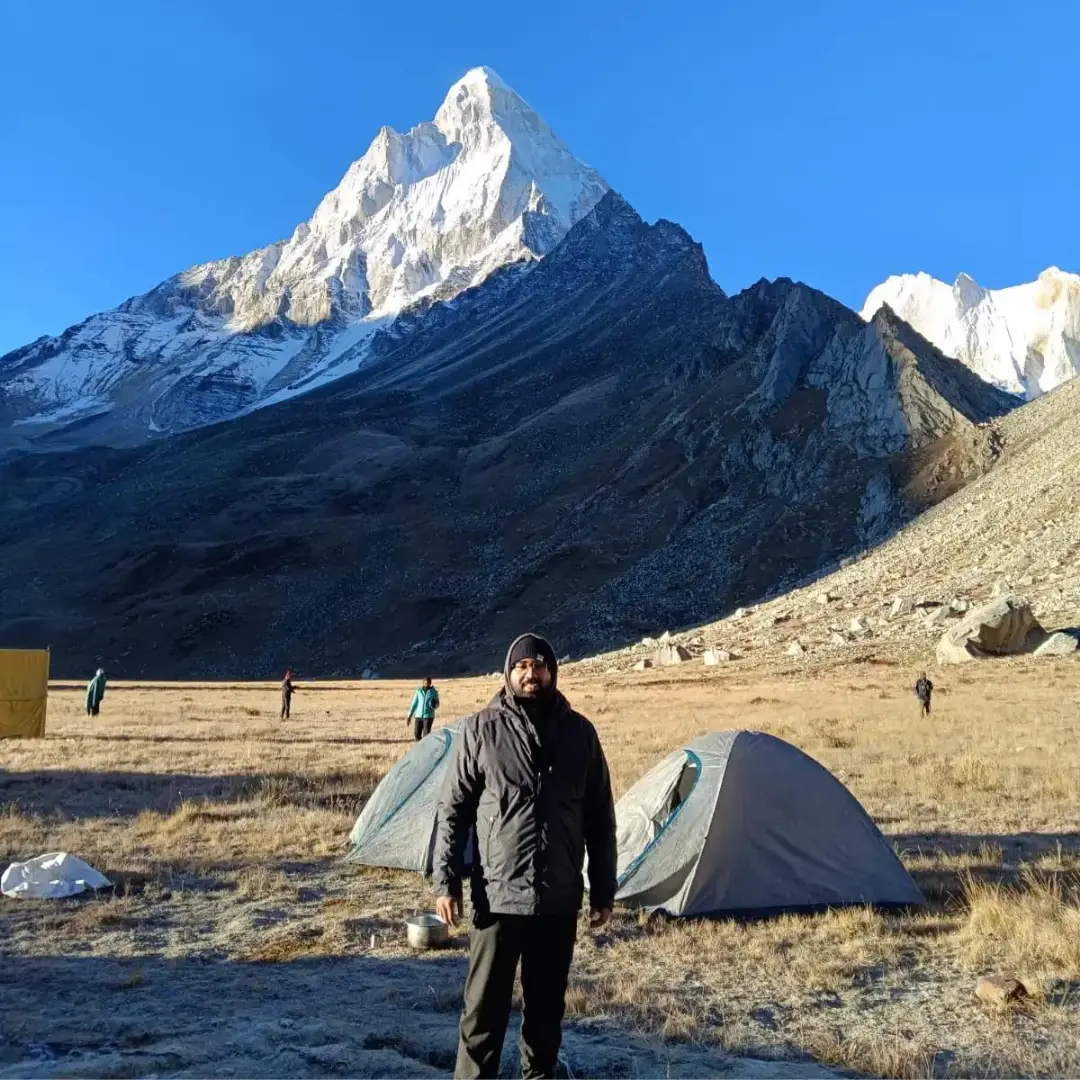
Gaumukh - A Kṣetra and not just a Glacier
This journey was not simply a trek for me, but a yātrā. Usually a tīrtha-yātrā is a pilgrimage to a temple. Sometimes the greatness of the kṣetra (sacred place) transcends that of the temple itself. Gaumukh and Tapovan are such kṣetras which by itself are considered sacred irrespective of them being devoid of any temple of a particular deity.
The purpose of these kṣetras are to transport us to the most sublime state of jñāna (knowledge). Ayodhyā, Mathurā, Kāśi, Kāñchi, Avanti (Ujjain)- are all examples of such kṣetras and are also called mokṣa purīs. Tīrthas are typically places associated with a river and all the examples given above of kṣetras are invariably located near a river. Thus emphasizing the centrality of the river to a civilization.
We commonly find both the words tīrtha and kṣetra used interchangeably, also signifying that a place is considered sacred more often due to the presence of a river.
The yātrā started from Gangotri. We started after paying our respects to Mā Gaṅgā at the temple. We sang the beautiful Gaṅgā stotram composed by Śrī Ādi Śaṅkarācāryā. The collective singing of this divine composition uplifted our spirits and made us one with Mā Gaṅgā throughout our yātrā. It in fact made me impatient to experience Her at the source - Gaumukh.
During my ascent towards Gaumukh, I met another traveler on the way. He was returning from Gaumukh. With a smile on my face I asked him where he was coming from. He said Tapovan. In return I told him I was headed there as well. I then asked him if he visited Gaumukh, to which he exhibited a sudden frown.
He said,
‘Do not go there! There’s absolutely nothing there. It is a complete waste of time’.
I was surprised at first but then, it dawned on me, if I look at it as merely a glacier, there’s no subtler connection I am establishing with Gaumukh. When I consider it a kṣetra, my relationship with the place gets elevated!
This is possible by knowing the spiritual significance of Mā Gaṅgā.
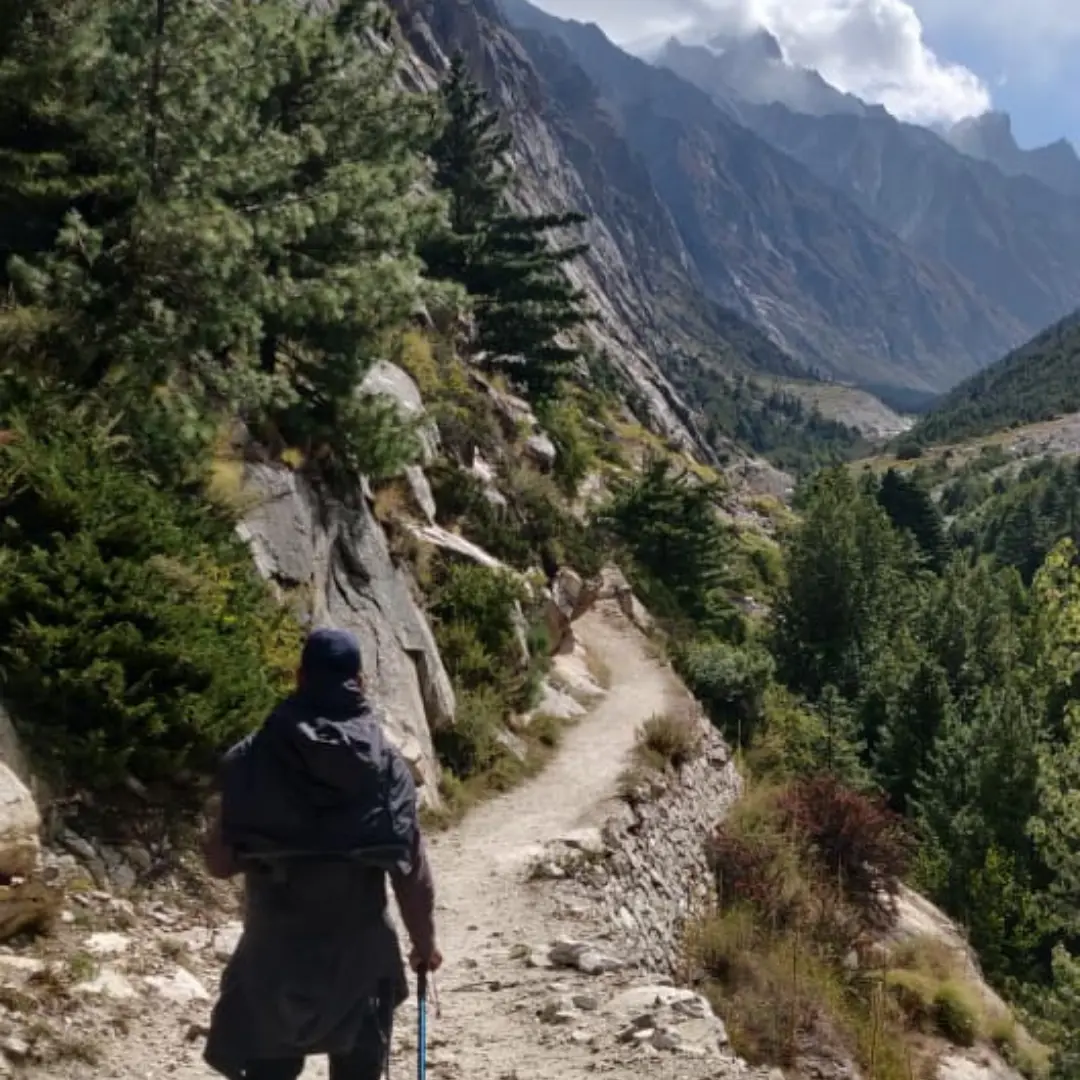
Pūrṇatvam of Mā Gaṅgā - Spiritual Core of Indic Civilization
The river emerging from Gaumukh is called Bhāgīrathī. It is named after the famous monarch, Bhagīrath, who is considered the man behind bringing Gaṅgā to the earth. We have all heard about bhagīrathaprayatna - the stupendous effort taken by Bhagīrath to bring Gaṅgā. He took this massive effort for the deliverance of 60,000 of his ancestors. This story exalts the practice of remembering our ancestors for we are greatly indebted to them. The Paurāṇik narrative exalts the position of the ancestors by depicting the superhuman self-application of Bhagīrath. There are layers of meaning to be decoded from these highly mystic stories. But to me throughout the trip, I felt indebted to all the knowledge the ancestors have left behind.
If I were to say that I completed this yātrā by my own efforts, without any external assistance, it would be a hyperbole. All the things that kept me going: my shoes, jacket, cap, trekking pole, thermals and many other equipment- facilitated in completing the yātrā. These were all gifts handed down by my ancestors to me to have a more comfortable experience! I couldn’t imagine going all the way to Gaumukh without these gears.
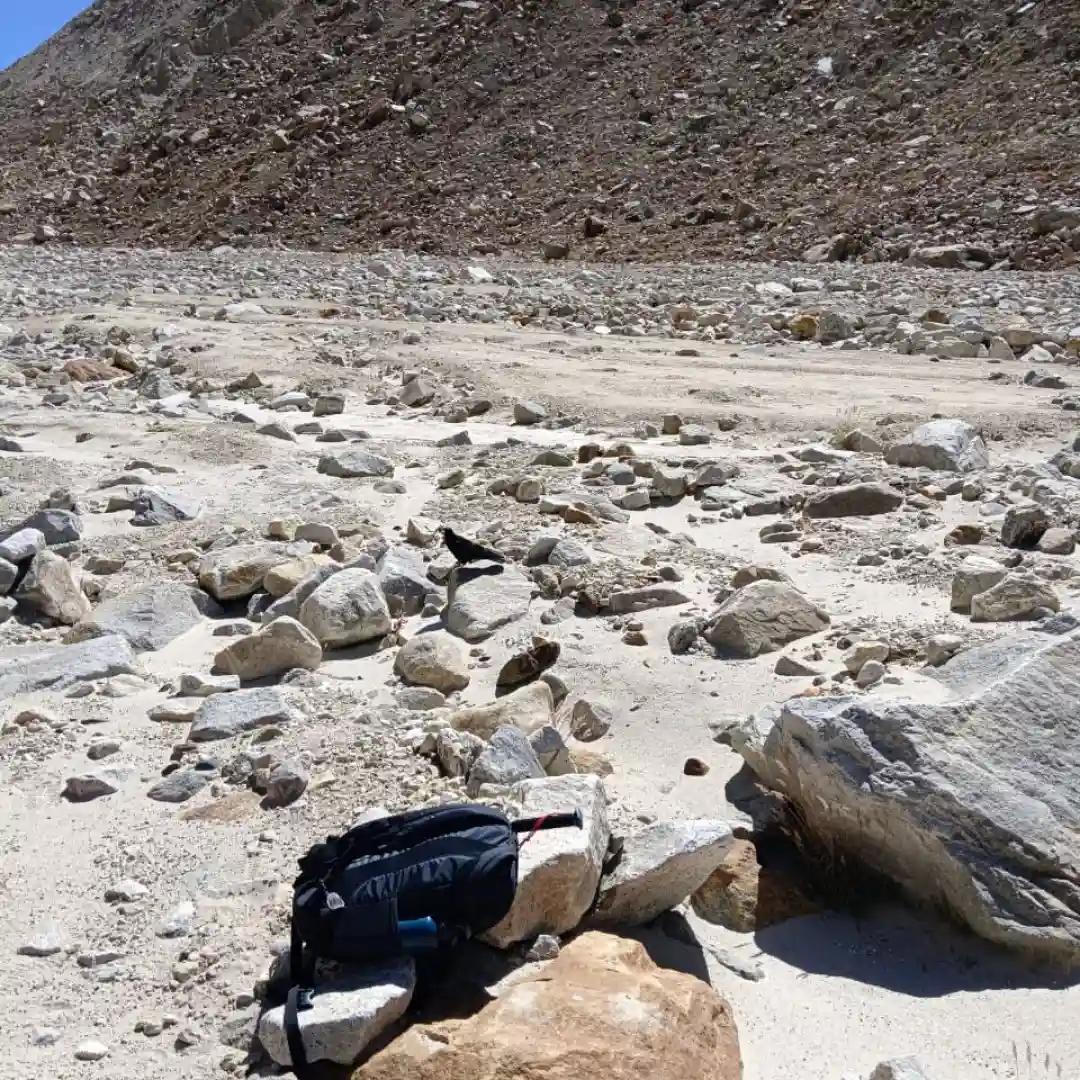
The gear and tangible wealth they have left is only a speck compared to the treasure trove of wisdom they have left us with. They tapped into the essence of these places, experienced deeper realms of their own being and out of sheer compassion made it available for ages to come for more people to come, experience and evolve. Most importantly, they changed our vision by associating sacrality to the place. The collective meaning, practices, reverence, faith and surrender as lived experiences today are a gift of all the prayatna my ancestors have undertaken.
It was the bhagīrathaprayatna that had the potential to change the collective destiny of the people. The gift of Bhagīratha’s efforts was Mā Gaṅgā which ensured prosperity, nourishment, knowledge and the thriving of the rich spiritual-cultural heritage of the indic civilization for eons. It is this spiritual-cultural heritage that is the cornerstone of the Indic civilization, and Mā Gaṅgā blesses it with her fullness (Pūrṇam).
At Gaumukh I came in touch with the fullness of Mā Gaṅgā as she drew me closer to the essence of this within myself. A strong feeling of gratitude engulfed me palpably. She reminded me of all my blessings and gifts. She showed me the Pūrṇam inherent in me.
As a seeker I wish to embody this Pūrṇatvam and share it with others in all my contexts. This totally requires a bhagīrathaprayatna to live up to the ideals and vision of my ancestors.
For a taste of what I felt that day, watch a video I took HERE. Listen to the music emanating from Mā Gaṅgā.
Acalatvam of Mā Gaṅgā - Immortality of Indic Civilization
Mā Gaṅgā through her fullness inspires and elevates. She through her eternal love has produced immortal children of Bhārat. These are the ṛṣis who are the true custodians of the Indic civilization. They ignited and preserved the fire that has ensured the thriving of Indic civilization.
Mā Gaṅgā has an eternal flow from Gaumukh all the way to the ocean. It was flowing for ages before us, it continues to flow unstoppably now and it will continue to flow in her full might. The wisdom of the great ṛṣis who sat at her feet, applying themselves to reach nobler heights, immersing in divinity are also immortal just like the flow of Mā Gaṅgā.
One such ṛṣi who is a true son of Mā Gaṅgā is Svāmī Tapovan Mahārāj. He is also famously referred to as Himavat Vibhūti (Glory of Himālayās). True to the title, ever since he left his home for a life of seeking, he stayed at the Himālayās, never once coming down to the plains. His disciple, Svāmī Chinmayananda says, ‘How to explain to you all, that what I saw in Him was what I saw in the Upaniṣads and in the Bhagavad Gītā. The work of spreading the Gītā and the Upaniṣads was to unveil Him and His glory, His Vibhūti - 'Tapovan Mahimā', in the hearts of all.’
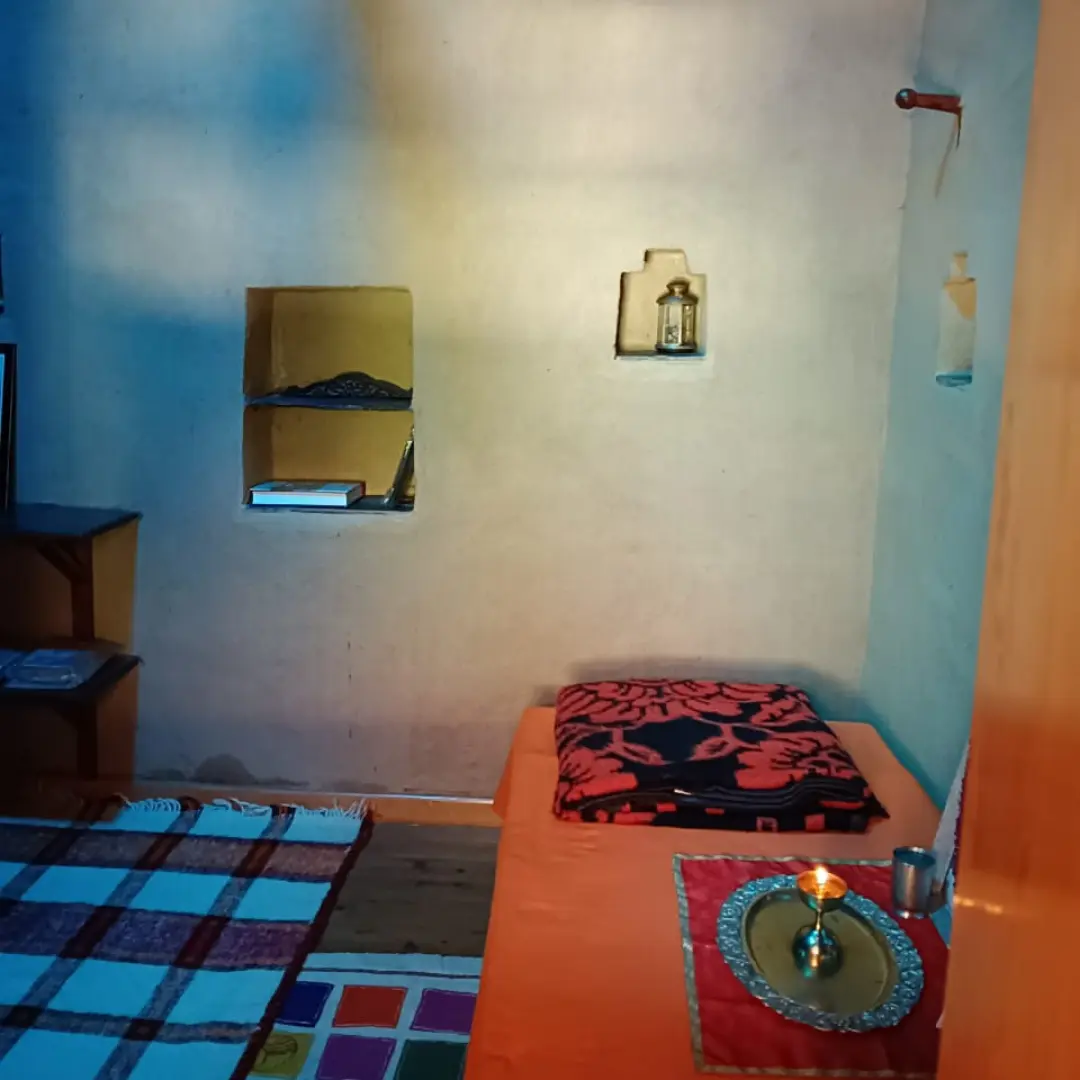
Tapovan Mahārāj is considered a saint of the highest order. He truly embodied the dual characteristics of a realized seeker - śrotriya (One having heard & internalized the śāstras) & brahmaniṣṭha (Absorbed in the contemplation of the Self). He considered the Himālayās as his father and Mā Gaṅgā as his mother.
His discipline, Svāmī Chinmayananda- who learnt at his feet basking in the immortal glory of Mā Gaṅgā- was inspired by her unstoppable, gushing flow one day. A calmness embraced him and a voice spoke to him. He felt that his calling was to come down to the plains and bring the eternal message of the Upaniṣads to the masses in ways they could relate to.
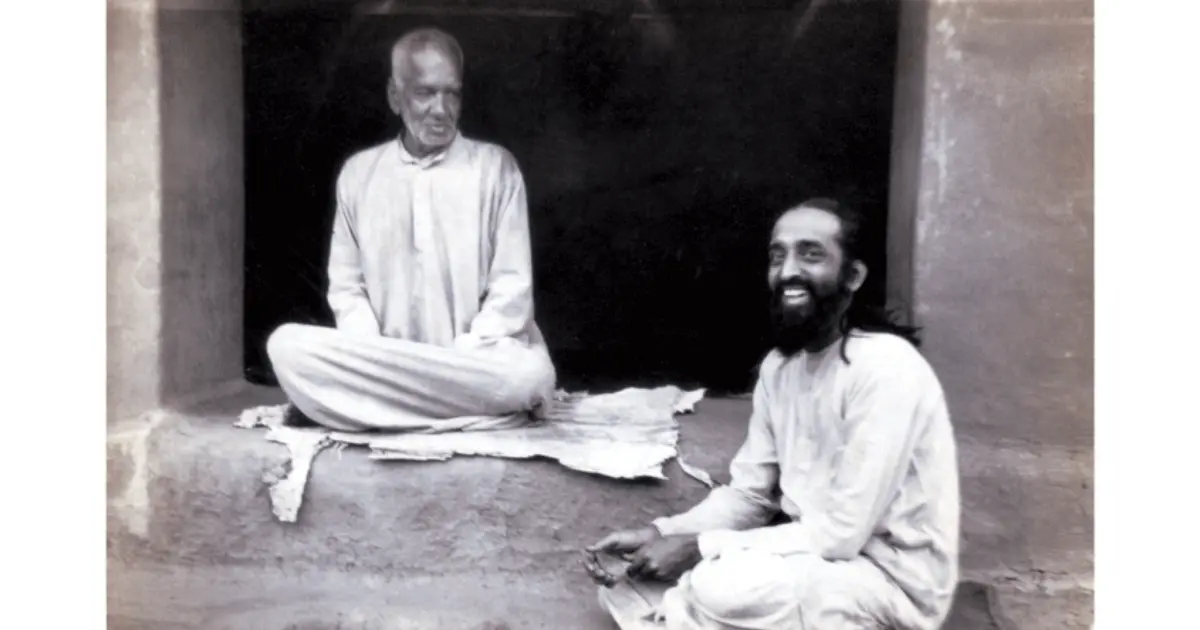
Today, Chinmayā Mission has its centers spanning all across the world, with established educational institutions, healthcare centers, publications, temples, ashrams and many more. The seekers in Chinmaya makeup one of the firekeepers of the Indic civilization in the present context. This inspiration came from Mā Gaṅgā.
When I learnt about this, it revealed to me that Mā Gaṅgā lives gracefully through her children. This is her quality of Acalatvam. She is an immovable force, immortal ever-inspiring us to strive on as seekers as we should be true to the spirit of the Indic civilization. I met many sādhus along the way to Gaumukh. They had a distinct silence that drew my attention towards them. It seemed they were enthralled by something. I am quite sure it was Mā Gaṅgā. She inspires so many to take to the path of seeking, to follow light and eventually permeate this grand vision and experience to the rest of the world. This is indeed Acalatvam.
I wish to seek this quality of Acalatvam in me. That which does not cease to remain, that which keeps me inspired and helps me strive on to reach the other shore of Mā Gaṅgā.
Maṅgalatvam of Mā Gaṅgā - Beauty of Indic Civilization
Maṅgala refers to welfare and happiness. How can Mā Gaṅgā ensure maṅgala for Her people? Apart from the obvious nourishment she offers through the limitless water she blesses us with, she imbues her children with a deep sense of beauty. Flashes of beauty and wonder can shake off despair, hopelessness and grief without a trace.
Going back to the incident where a butterfly saved me would illustrate what I am saying here profusely. I was on the way down from Tapovan towards Gaumukh. This was the culmination of the yātrā where we sit at Mā Gaṅgā’s lap at her source. We took a difficult path during our descent to save around an hour of walking around a steep slope to reach Gaumukh. Little did we know it involved walking on glaciers. This meant the path had loose soil and was more likely to face landslides. All of us in the group kept close to each other literally like mountain goats.
The first few meters went just right, until the person behind me slipped releasing a downfall of small and medium boulders on all of us ahead. Mind you, the people ahead are at an even more dangerous position due to the steepness of the slope. This happened a few times, everytime the landslide was kicked-off by a different person.
Watch a short clip HERE to get a hang of the trek down from Tapovan to Gaumukh.
Sometimes I had to crawl my way through, use all fours, check for strong boulders to set foot on and keep myself hydrated all along. It was something I have never experienced before. At one point I grew impatient and felt like giving up. Just then I slipped and almost fell off a series of loose boulders. If that had happened I would’ve most likely jammed my legs between boulders. Luckily I grabbed a strong boulder close to me with my hands. I was lying flat and had to muster up all my strength to come back on my feet. At that moment I neither had the energy nor the will. At that moment thoughts of the people whom I care for flashed right in front of me. I was drowning in fear. Beads of sweat flowed down my face as I wondered what would happen if I couldn’t continue. I lost hope and wanted to let go so much that I even questioned my decision to take this yātrā in the first place. I should also mention, I was already weak after two days of continuous motion sickness.
It was then when a beautiful golden butterfly fluttered her way towards me at 14000 odd feet. Playfully flew by me and royally sat on my boot. At first I was intrigued to see a butterfly at that height. But it seemed too surreal as I had never seen such a beautiful butterfly ever in my life before. I felt I was hallucinating but also wanted to believe that this was a message. For a moment I was wonderstruck by the lightness of the butterfly. Observing her lightness brought a lot of relief to me. It instantly energized me and gave me a lot of hope. I smiled and thanked her for giving me some respite just as a good friend would do (Sakhī). As I saw her fly away I saw something pristine. It was Gaumukh.
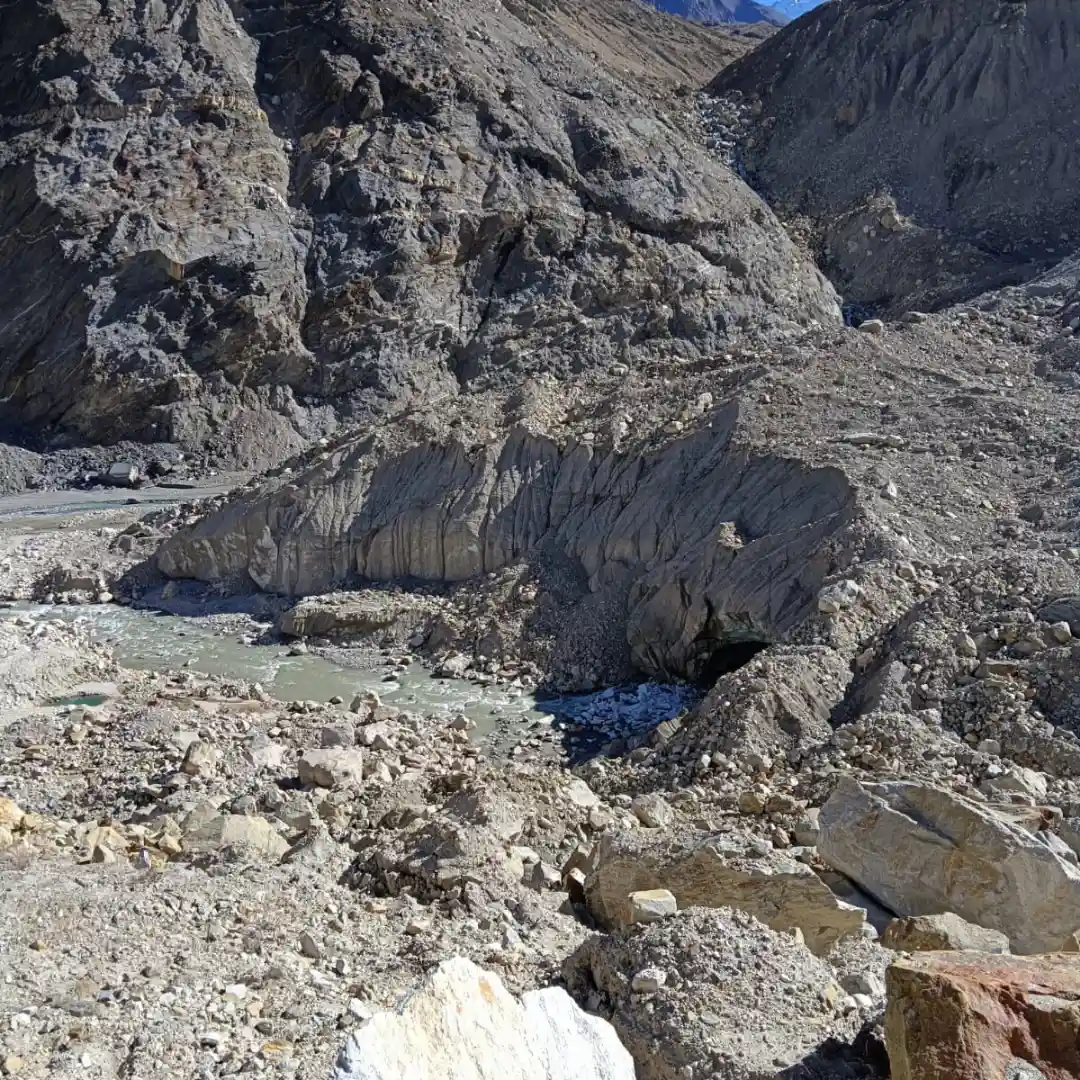
The sight of Mā Gaṅgā inspired me instantly and a new rush of life came upon me. It was as if my mother called me with love to come to her. I instantly stood up and I have no clue where the energy to continue came from. But from then on the only thought that ran in me was Mā Gaṅgā. My entire being reverberated in her charm. It was an uncontrollable desire to be in her presence. It was this desire, a sheer will to be at her loving embrace that took me to Gaumukh.
As soon as I reached there I sat next to her and had a silent dialogue with her.
Tears flowed from my eyes, while I experienced an endless stream of compassion and love from the divine environs of Gaumukh. It felt as if a huge burden had been removed from my being. It was freeing. I felt protected and nourished. It felt like a birthing process all over again. It was just beauty at its pinnacle.
No matter how many words I use to describe that moment it doesn’t do justice. All I can make sense after that moment was, it was Maṅgalam. This gave me a glimpse of what it means to be a seeker, what it means to have been born in the Indic civilization and what beauty really means.
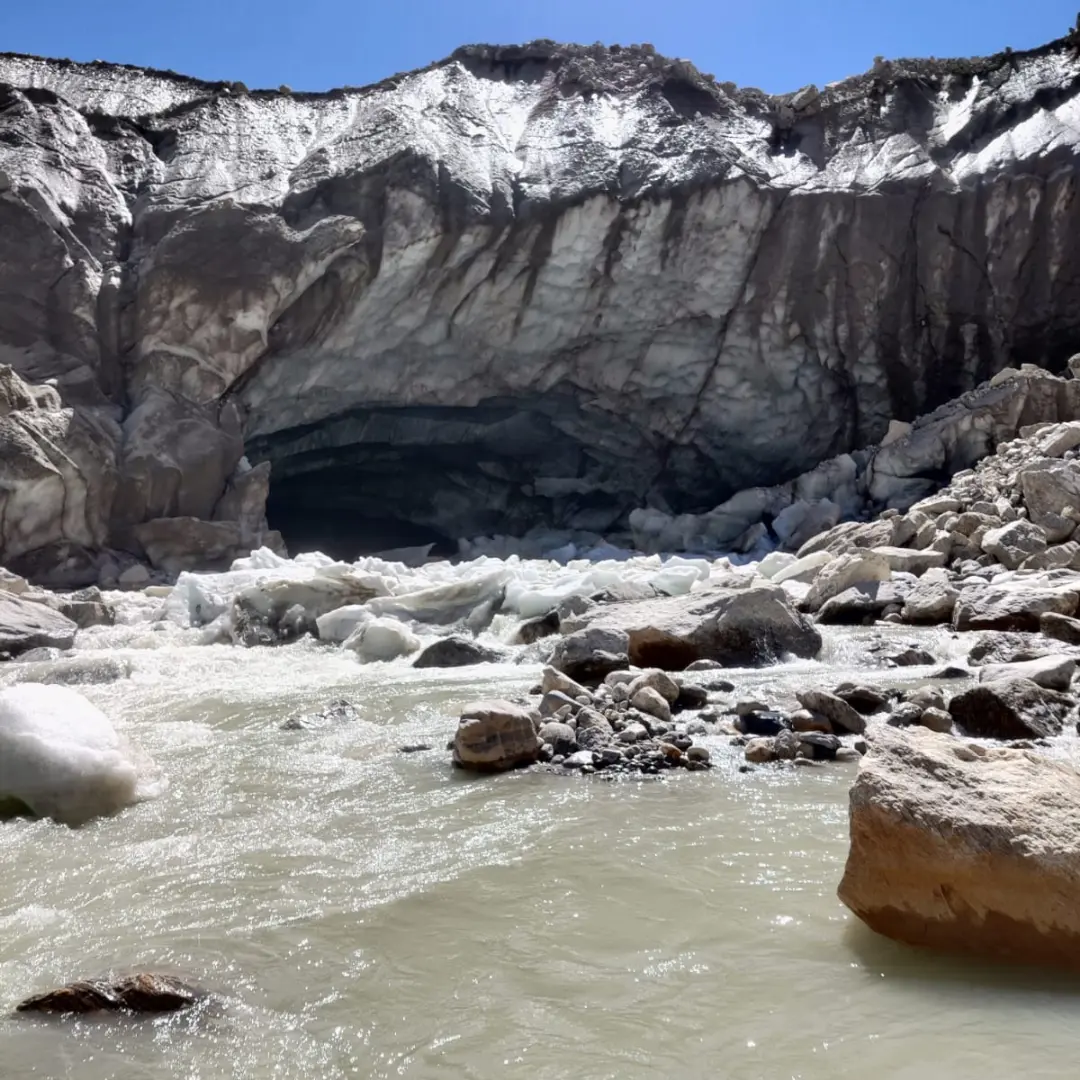
I aspire to lead a life prioritizing Maṅgalam through Satsaṅga (company & friendship of seekers), Svādhyāya (contemplation & study) & Sevā (service performed with loving devotion).
I sincerely appeal to everyone reading this article to consider visiting Gaumukh at least once in their lifetime. I can assure you that you will have an experience tailored for you as Mā Gaṅgā awaits your arrival to embrace you and bless you with Pūrṇam - Acalam - Maṅgalam.
